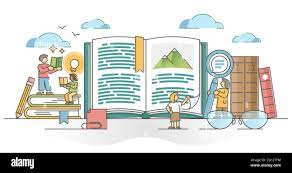
Find What You Need
Search courses, notes, videos, books & more…

How Kids' Newspapers help to learn beyond books
In our rapidly changing world, education extends far beyond traditional textbooks. While books lay a solid groundwork, children's newspapers provide access to real-world information, keeping young minds informed, curious, and engaged. These publications expose kids to current events, scientific breakthroughs, environmental challenges, and motivational stories, helping them link classroom lessons to real-life experiences.
While books often present static content, newspapers deliver timely updates about the world. Children can read about new space explorations, wildlife preservation initiatives, technological innovations, and cultural happenings worldwide. By regularly engaging with newspapers, kids cultivate a habit of staying informed and become aware of issues that extend beyond their school subjects.
Reading children's newspapers enhances language abilities, vocabulary, and comprehension. Unlike textbooks, which may use a limited range of words, newspapers expose children to various writing styles and new terminology related to science, politics, sports, and more. This exposure improves their capacity to articulate ideas clearly, both in writing and conversation.
Many children's newspapers feature quizzes, puzzles, comics, and hands-on activities that make learning fun. These interactive components keep children engaged while reinforcing essential lessons in an enjoyable way. By taking part in entertaining challenges, they retain information more effectively and foster a positive attitude toward learning.
Children's newspapers act as a link between academic education and real-world learning. They encourage kids to think critically, stay informed, enhance language skills, and nurture curiosity beyond what books can provide. By integrating newspapers into their reading habits, young learners can achieve a broader understanding of the world and grow into smarter, more knowledgeable individuals.
